Minolta DIMAGE F300 Camera Review
|
What's new?
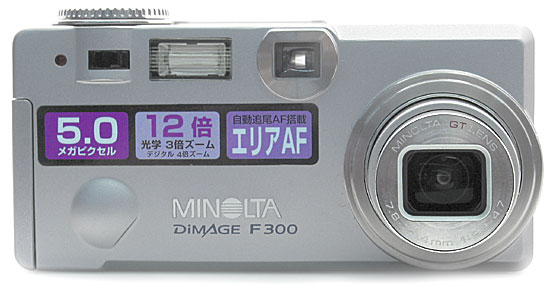
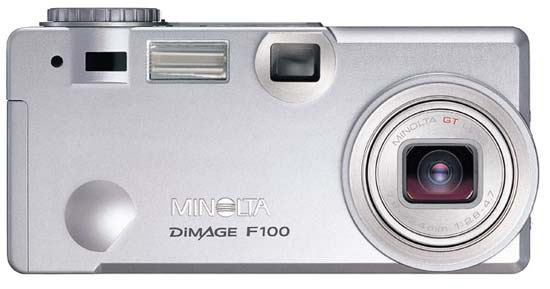
Minolta has replaced its Dimage F100 launched less than a year ago (March
2002) with F300. The first thing catching the eye is a larger resolution,
but later it turns out that it's not so important. A 5Mp shot of the new
model measures 2560 x 1920 against 2272 x 1704 and 3.95 Mp of F100. The
length is now greater by 288 pixels (12%), or by only 1 "polygraphic inch".
The file size grows in square proportion, that is why a memory card can
now house 4X shots instead of 5X and the camera may shoot slowlier. F300
must work faster than F100: the buffer increased up to 32 MB made the new
camera faster and more functional. So, if you shoot video or make dynamic
shots in the series mode, go with F300 as it provides up to 20 min. of
video with the new Extended Recording technology (instead of 35 sec of
F100), up to 180 minutes of sound, 1.5 fps series in the standard mode
(F100 had it the same) and up to 11 fps at Ultra High Speed 1280x960. The
transition to the bigger matrix also entailed an increase in basic sensitivity
- 64 instead of 100.
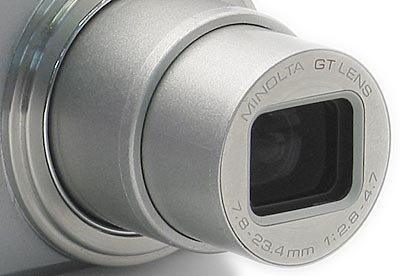
Specification of F100 and F300
| |
Minolta DIMAGE F100
|
Minolta DIMAGE F300
|
|
Effective pixels
|
3.95 Mp
|
5.0 Mp
|
|
CCD matrix, ADC
|
1/1.8 ", 4.13Mp, 12bit
|
1/1.8 ", 5.3Mp, 12bit
|
|
ISO
|
100, 200, 400 and 800 ISO
|
64, 100, 200 and 400 ISO
|
|
Lens
|
Minolta GT 7.8 - 23.4 mm (38 - 114 equivalent to 35mm film), f/2.8
- f/4.7, 8 elements in 7 groups (3 elements with aspherical surfaces)
|
|
Focusing
|
14.5 - 54.5 cm Macro, from 0.5 m in Normal mode
|
|
Frame size (min.)
|
31.7 x 42 mm
|
|
Display
|
38 mm TFT 123000
|
|
Exposure
|
15 - 1/1000 s
|
|
Focus areas
|
Wide focus area (Area AF), Spot focus area with focus area selection
|
|
Focus modes
|
Subject tracking AF, Single shot AF, Full-time AF, Manual focus
|
|
Exposure metering
|
Multi-Segment (256), spot
|
Multi-Segment (256), center-weighted, spot
|
|
Exposure modes and programs
|
Program AE, Aperture Priority, Shutter Priority, Manual Mode, Portrait,
sports action, landscape, sunset, night portrait, macro
|
|
Flash modes
|
Auto, Auto & Red-Eye reduction, Fill Flash, Off.
|
|
Flash
|
W 0.5 - 2.9 m, T 0.5 - 1.7 m
|
W 0.5 - 3.4 m, T 0.5 - 2 m
|
|
File format
|
JPEG, TIFF max 2272 x 1704, Motion JPEG (MOV) 15 fps 35 sec 320x240,
DPOF, DPOF
|
JPEG, TIFF max 2560 x 1920, Motion JPEG (MOV) 15 fps 20 min 160x120
and 3 min 320x240, DPOF, PRINT Image Matching II, Exif Print
|
|
Interface
|
USB 1.1, video NTSC, PAL,
|
|
Power supply
|
1 CR-V3 Li battery or 2 Ni-MH AA
|
|
Dimensions/weight
|
111x52.3x32.0 mm, 185g without battery and memory card
|
111.0 x 52.5 x 32.5 mm, 185mm, 185g without battery and memory
card
|
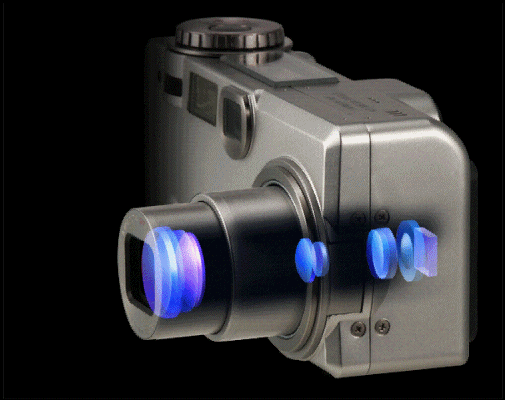
Minolta GT 3X Lens 1:2.8-4.7 f = 7.8-23.4 (equivalent to 38 -114 mm
for 35mm frame) is zoomed by moving and rotating external mount cylinders.
Above you can see how the lens works (from http://www.minolta.pl/).
Data coming from the matrix are processed with a 12bit ADC and the camera's
processor by Minolta-CxProcess algorithm (optimization of sharpness, contrast,
color, digital image noise - like in Dimage 7).
The advanced technologies incorporated into Minolta F series is automatic
choice of a subject mode and auto focus. The focus system is based on 5
sensors forming a cross. You can manually set a focus area (press and hold
the multiselector button and choose an area with side buttons) or enable
the area AF zone (covers 50% frame) for detecting (by the camera's automatic
system) a needed object. The subject tracking AF follows the subject in
the space (normal to the frame plane is the speed of running, and along
the place is the speed of walking). The automatic system can choose a subject
mode out of Portrait, Sport, Landscape, Sunset and Night Portrait using
the data of the AF system and 256-zone exposure metering system. In case
the auto system chooses a program, the display shows a respective pictogram.
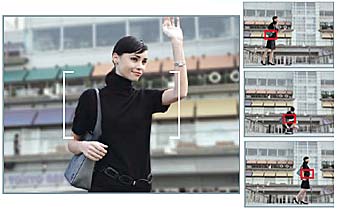
Subject tracking.
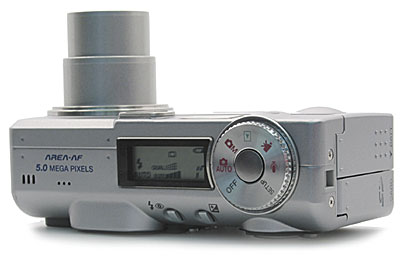
Shooting modes: auto, manual (you can choose an exposure program
type or manual settings through the menu), view, video, dictaphone and
system settings. Mic-in and speaker. AREA AF and 5 MEGA PIXELS written
on the top. Manual focusing and focusing point manual selection.
F300 like F100 is controlled through the menu and mode dial. With the
latter you can select either the automatic or one of the manual exposure
modes (manual, program AE, Aperture Priority, Shutter Priority), view,
video and sound recording. The flash mode and exposure correction buttons
are under the information display. Today camera developers tend to remove
an information display, but this camera still has it and it helps a lot
in case of traditional shooting style with a viewfinder. But, like in F100,
the flash shines toward the photographer as well through the information
display window. It may prevent you from correct estimation of brightness
of the scene you shoot.
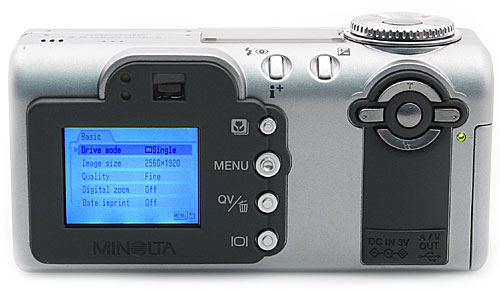
TFT display, menu navigation and lens focal length control buttons.
The flash and exposure correction buttons are under the information display.
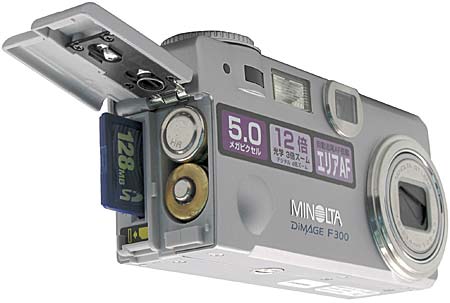
64Mb SD memory card bundled, 2AA batteries.
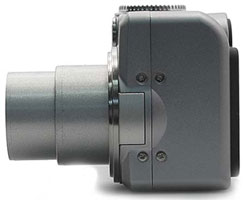
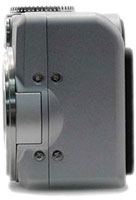
Plain and stylish brick-shape design.
Tests:
Resolution

Resolution chart fragment (twice enlarged in HTML) for F=11.3 mm
and f/d = 3.5.
Noise
Fragment
1:1
|
Fragment 1:1
|
 |
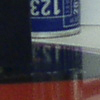
|
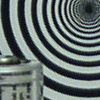
|
iso eqv. to 64, t=1/4 c, f/d = 3.5
|
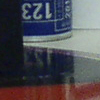
|
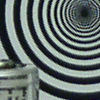
|
iso eqv. to 100, t=1/6 c, f/d = 3.5
|
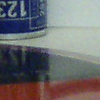
|
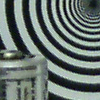
|
iso eqv. to 200, t=1/10 c, f/d = 3.5
|
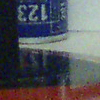
|
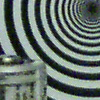
|
iso eqv. to 400, t=1/20 c, f/d = 3.5
|
F300 supports noise reduction at long exposures (over 1 sec). It can
be forcedly turned on/off.
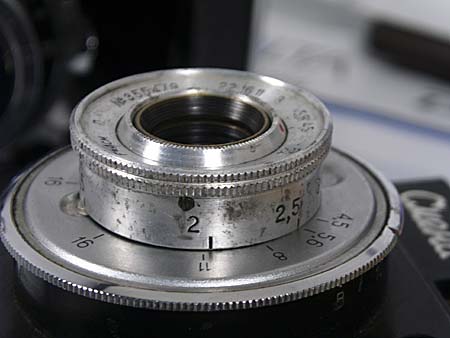
Full image JPEG 1591 KB is here.
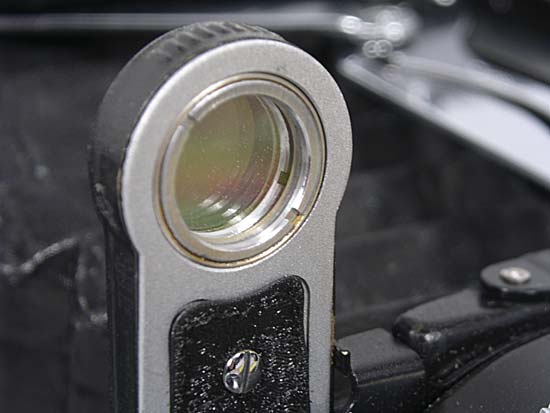
The lens optical properties are good, aberrations are intangible, but the number
of lines out of focus got slightly increased. Reduced shot, without framing.
Minolta F100, auto mode and shot fragment 1:1.

Full JPEG 1522 KB image is here.
ISO 200, 1/10 sec, f = 11,3 mm, f/d = 3.5.

In the series mode Minolta DIMAGE F300 made 7 shots of 2560*1920 1.8MB
at 8 sec (auto focus, auto exposure, system sound are enabled), though
F100 can make only 4 in a row until the buffer is full and then 1 shot
in 4 sec.
The F line has changed but if you are not going to shoot long series
and 20-minute video clips then F100 will be no difference from F300. Those
who are targeted by the company will, most likely, appreciate lengthy video
clips, - they won't need a video camera in addition.
Write a comment below. No registration needed!
|
|
 |
|
|
|















